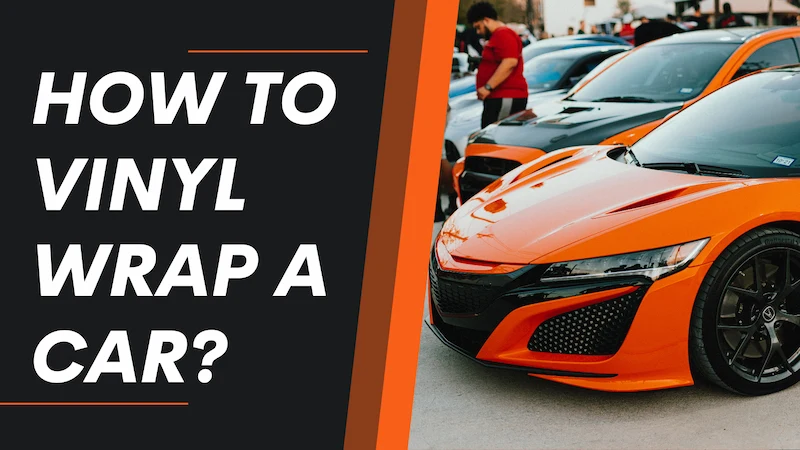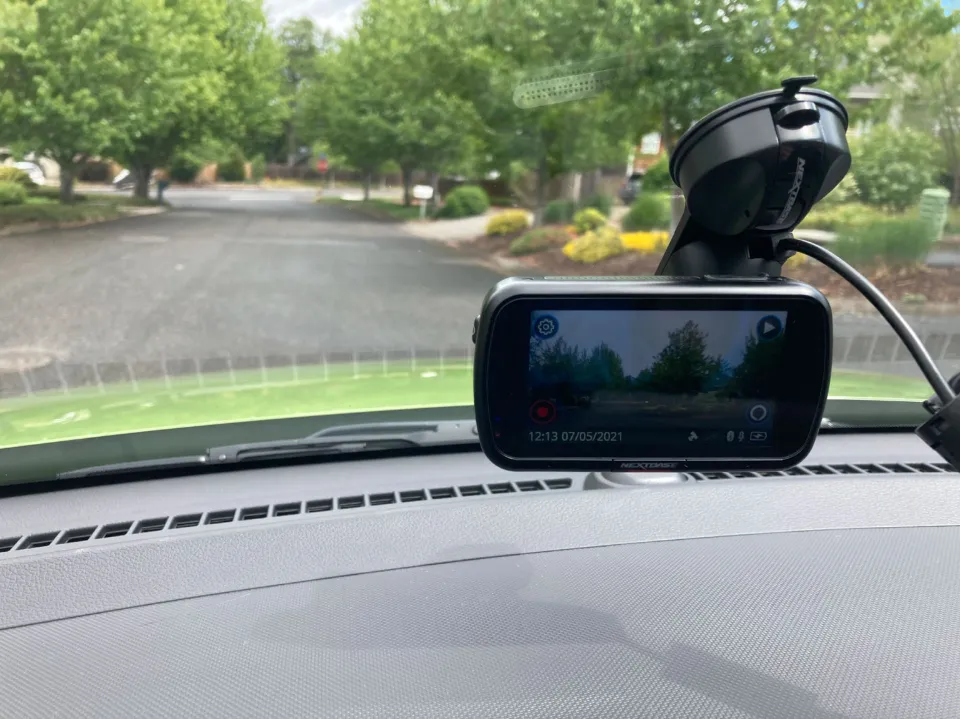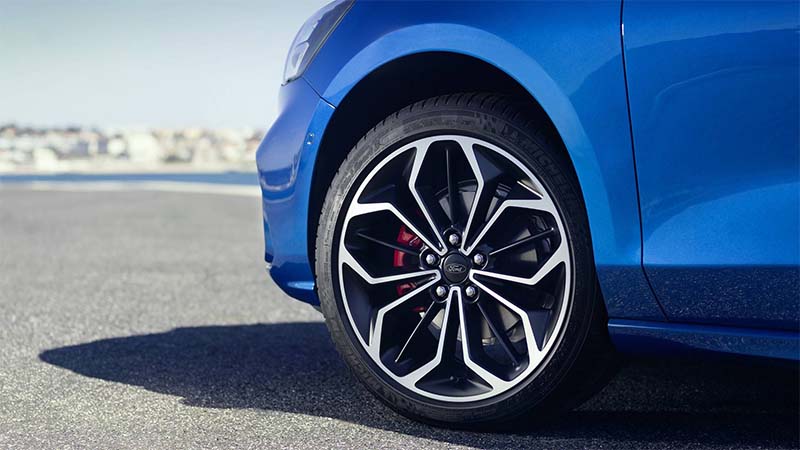Installing a car wrap is much more difficult than it seems, despite the fact that it may seem like a simple task you can do on your own. So, how to vinyl wrap a car?
You need to prepare equipment and workplace, clean your car, remove any obstacles from your car, and measure each wrap section…
From surface mapping and preparation to accurate cutting, there are many elements to consider when installing a vinyl wrap to ensure quality results. Keep reading.
What is Car Wrapping?
The process of completely or partially encasing a car in a distinctive vinyl film is known as car wrapping. Without having to shell out a fortune for a full respray, it enables customers to change the appearance of their car. You can alter the appearance of your car with a vinyl wrap by choosing a different color, style, or texture, such as matte, glossy or metallic. Since vinyl wraps are becoming more and more popular, there are actually lots of options now that you can choose from to customize your car.
The wonderful thing about car wrapping is that a lot of the colors, designs, and textures are unmatched by a typical respray. Or they could, but it would cost a fortune. For these wraps, thick sheets of pressure-sensitive vinyl films are used, which adhere to your car without peeling, chipping, or fading.
The majority of your friends wouldn’t know that you paid a fraction of the cost for what is essentially a temporary livery for your car because the newest and most creative car wraps look so much like actual paint. You still get all the “cool kid” points without committing for life. When you get tired of it, it is also easy to remove or replace.

How to Apply Vinyl Wrap to a Car?
Your car can be wrapped in a variety of ways. However, you will get the best quality when you get the wrap done professionally.
To make sure that the vinyl wrap looks great and lasts a long time, a wrap expert will employ a variety of techniques. Additionally, they will handle all the small details, such as checking for bubbles and wrinkles.
You can either hire an expert to do the job or learn how to wrap your car yourself. If you’re thinking about applying vinyl wrap to your car yourself, here are some things you need to consider before starting.
Prepare the Right Equipment
You must ensure that you have the necessary tools if you plan to perform the task yourself. Here is a list of things you will need to wrap your car:
- Heat Gun
Heat guns are essential for applying vinyl wraps. They are available in auto parts stores and online.
- Vinyl Cutter
Vinyl cutters are used to cut the vinyl sheet into small pieces. Despite the fact that they are sold separately, you might need two cutters to complete the task.
- Spray Gun
Spray guns are used to apply the vinyl wrap. Make sure to select a model of superior quality.
- Brush
The vinyl wrap is polished to remove any flaws with brushes.
Prepare the Workspace
The area where you intend to apply the vinyl wrap must be ready. You should remove any loose dirt and debris. Verify that there are no sharp objects lying around.
Additionally, you need to confirm that the ground is dry and clean. Cover the floor if at all possible with a tarp. You won’t need to be concerned about spills in this way.
When working with a vinyl wrap, it is wise to wear gloves. Your hands will remain free of sticky substances thanks to these gloves. They guard them against soiledness as well.
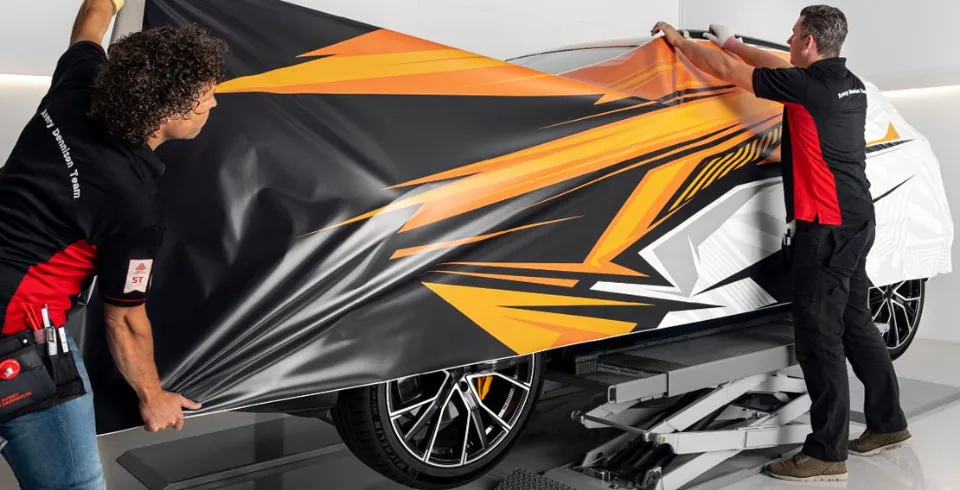
Clean the Car
Make sure your car is clean before applying the vinyl wrap. Take out all dirt and dust. Any loose debris can be captured with a vacuum.
Remove Any Obstacles from Your Car
When logos, emblems, antenna, and mirrors are not in the way, wrapping your car is much simpler. Before beginning the process, remove these barriers.
Work on a Warm Day
Vinyl and its adhesive backing are very sensitive to temperature, so ideally you want to wrap your car at a temperature of around 68 degrees Fahrenheit.
You run the risk of condensation developing on the vinyl when working on a chilly day. This might lead to issues with application.
The vinyl wrap may also crack and deteriorate in other ways. On a hot day, though, there’s a chance the adhesive will react too quickly.
This will make it difficult to apply the wrap smoothly.
Measure Each Wrap Section
You must measure each area of the car before you wrap it. To determine what size vinyl sheets you need, it is best to draw a diagram of the body that shows all of the different body panels.
Make sure to give yourself an extra inch of space on all sides to allow for error.
The majority of professionals advise individually wrapping each section. This prevents the vinyl wrap from overlapping.
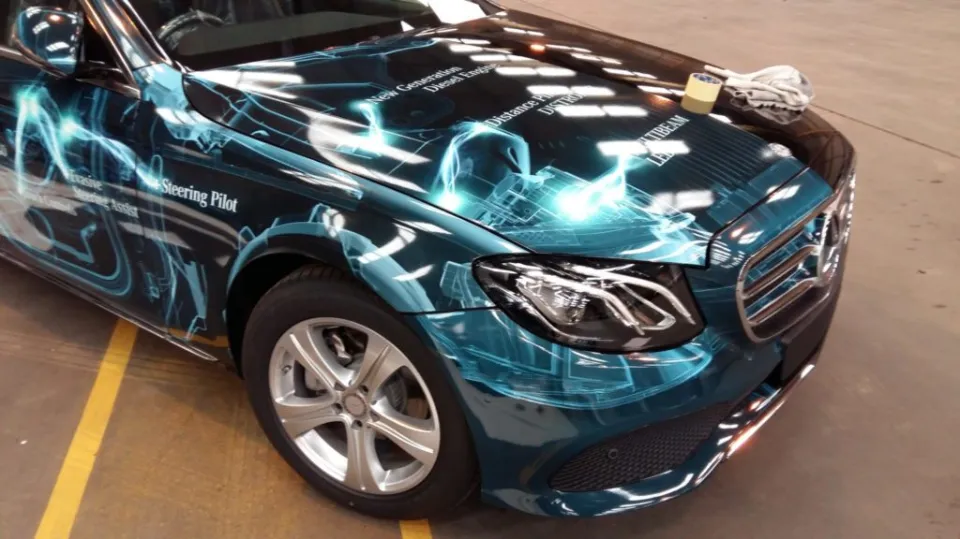
Apply the Wrap
Initially, focus on flat, easy-to-navigate areas and small sections. This is particularly important when this is your first car wrap project.
You can get a sense of the wrap and how to handle it by working on the smaller sections. Also, it’s much easier to correct possible mistakes on smaller areas than on large panels.
Cut your section first to size, adding an extra inch for margin. The backing paper should then be taken off the vinyl sheet while someone is holding it in the air.
In order to prevent bubbles from forming when you apply it, you must hold it taut. The vinyl should then be carefully placed over the selected panel and lightly pressed into the panel’s middle.
Make sure the vinyl sheet is taut throughout. To smoothly apply the vinyl to the surface from the inside out, use a bone folder or squeegee.
Important Tips to Wrap
- Vinyl can withstand a limited amount of heat, as specified by the manufacturer, before becoming damaged or destroyed. Before putting in genuine vinyl, we advise testing and practicing with excess vinyl. Your appearance and finish may be impacted.
- Due to varying technology and adhesives, various vinyl varieties behave differently. It doesn’t follow that you can use another type in the same way you used the first just because you’ve used one kind before. Follow the pressure and temperature recommendations after reading the instructions.
- For precise cutting, press your blade right up against the pressure. In addition, controllable cut points and blade length are made possible.
- To successfully wrap a car, you’ll need a garage or another enclosed space. It will be ten times harder to attempt it outside because of the wind and other environmental factors. A second person should be available to help you with the application. This is because some wrap panels are cumbersome and long when held by a single person.
- Ensure that your car is completely cleaned and dried before applying the wrap. Any surface imperfections might lead to an uneven finish.
- Keep your plastic blade handy while applying the wrap because you’ll need to use it right away to remove air bubbles to prevent the wrap from sticking.
Pros and Cons of Car Wrap
Pros
- With the correct wrapping, you may give your car a brand-new look in terms of color, texture, or design.
- Cheaper than other customization options – repainting a car has a price tag, so wrapping might be a more cost-effective choice for people wishing to customize on a tight budget. Because the wrapping has a UV and scuff coating, it can protect the paintwork from fading and sun damage.
- Promote – if you own a business, wrapping is a terrific, inexpensive method to show off your brand while you’re moving about without having to invest in a costly respray.
- Less irreversible than a repaint – keep in mind that wraps can be properly removed if you’re worried that customizing your car will lower its resale value.
CONS
- Difficult to apply –if you choose to utilize a car wrap personally, you need to be patient and ready with the necessary tools before you begin. Car wraps that are improperly installed look ugly and could cost you money.
- Reiterating the previous issue, there is a chance that moisture will enter under the vinyl of poorly fitted wraps, increasing the risk of rust. The paintwork is likely to develop rust spots because there is nowhere for the water to go in this situation.
- If you choose a cheap wrapping service, don’t anticipate the vinyl to last very long because cheap wrapping doesn’t age well. The edges might fray and require replacement, or the color might start to fade.
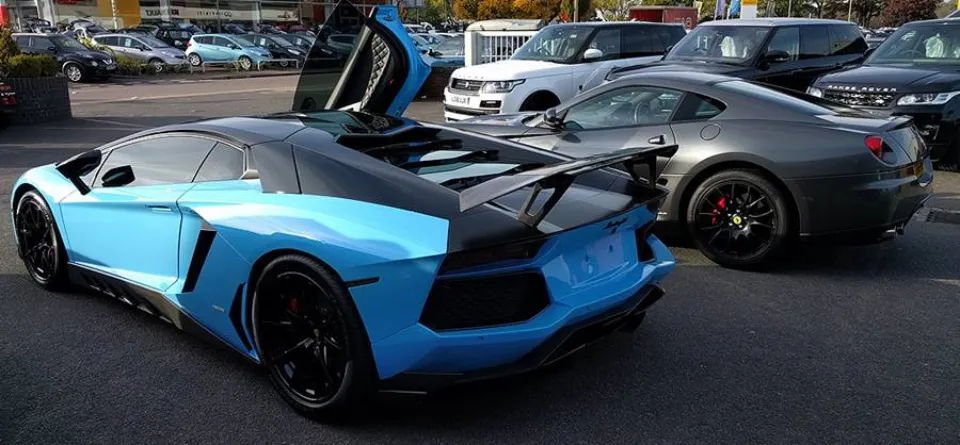
FAQs
Can I Vinyl Wrap My Car Myself?
Yes, a vinyl car wrap can significantly alter the appearance of your car, and all it takes is a few simple tools, a tidy workspace, and a patient attitude.
Can I Put My Wrapped Car through a Car Wash?
Vinyl wraps should be washed by hand, but brushless or touchless car washes can also be secure. Even a pressure washer can be used, provided you’re careful.
Will Car Wrap Damage My Car’s Paint?
Actually, car wrap can protect your paint because it blocks damaging ultraviolet light. The original finish will remain intact when you take it off.
How Long Does Vinyl Wrap Last?
Car wraps can last from three to ten years, depending on the quality of the wrap, the type of vinyl wrap, the care taken during installation, the care taken after installation, and environmental factors.
Is There Anything You Can’t Wrap?
Smooth factory paints and smooth rigid plastic surfaces are ideal for vinyl car wrapping. Poorly painted, orange-peeled, deeply scratched, gouged, rusted, chipped, flaking, textured, rubber, ABS plastic, porous, or spongy surfaces won’t bond well, if at all.
The Final Verdict: How to Vinyl Wrap a Car?
You need to prepare equipment and workplace, clean your car, remove any obstacles from your car, and measure each wrap section…
Wrapping your car with premium quality vinyl is something that would help you to give a new look to your car at a price that is affordable. The purpose of this blog was to enlighten you about things that one should know when it comes to wrapping a car, how it is done, the pros and cons, and all the things that are needed to do it.
So, if you are planning to give your car a new and completely distinct look then this is your chance to get started!
If you have any questions, please leave a comment. KV Auto tries to give you the best car industry information. Thank you for reading.

